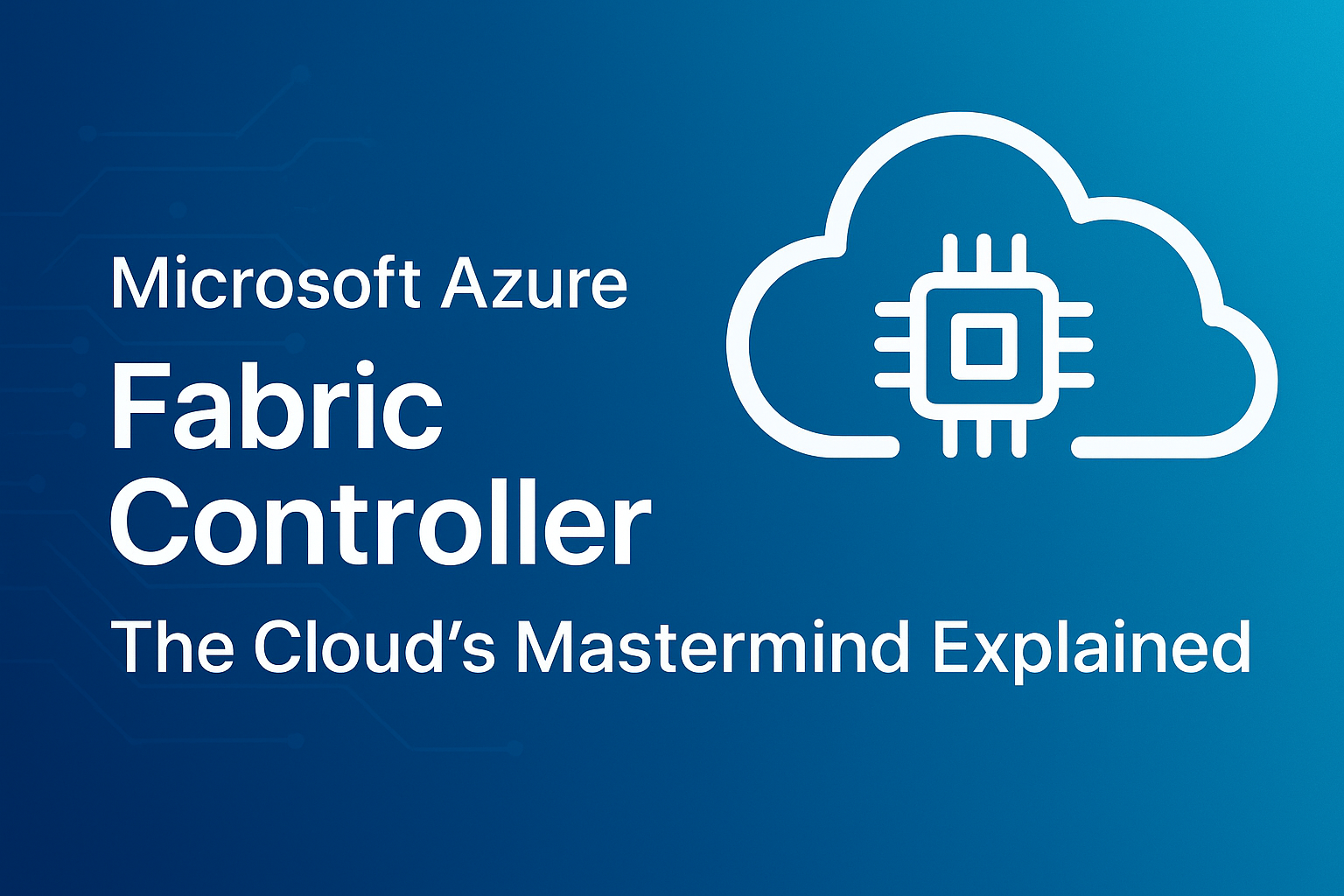When we talk about Microsoft Azure, we often think of virtual machines, web apps, and databases running seamlessly in the cloud. But behind the scenes, there’s a hidden orchestrator making sure everything runs smoothly. That orchestrator is the Azure Fabric Controller (FC) — often called the brain of the cloud. In this blog, we’ll break down what the Fabric Controller is, how it works, and why it’s critical to the Azure ecosystem.
Read More: Microsoft Azure Fabric Controller: The Cloud’s Mastermind Explained
What is the Azure Fabric Controller?
The Azure Fabric Controller is a distributed system that manages and monitors servers, networks, and applications within Azure data centers. Think of it as the operating system for the cloud.
Just like your computer’s OS manages hardware and software resources, the Fabric Controller ensures that Azure’s massive infrastructure stays healthy, balanced, and available.
Key Responsibilities of the Fabric Controller
The Fabric Controller’s job is to keep the cloud always-on. Here’s what it does:
-
Resource Management
-
Allocates CPU, memory, and storage across physical servers.
-
Ensures workloads are balanced for performance.
-
-
Deployment and Configuration
-
Handles application deployment to Azure’s servers.
-
Automates scaling up or down based on demand.
-
-
Health Monitoring
-
Continuously checks servers, networks, and applications.
-
Detects failures and takes corrective action automatically.
-
-
Fault Recovery
-
If a server goes down, the Fabric Controller moves workloads to healthy servers with minimal disruption.
-
-
Load Balancing
-
Distributes traffic to ensure no single server gets overloaded.
-
Why is the Fabric Controller So Important?
Without the Fabric Controller, Azure would not be able to:
-
Guarantee high availability for apps.
-
Provide self-healing infrastructure.
-
Support millions of users with consistent performance.
In short, the Fabric Controller is what makes Azure reliable, scalable, and resilient.
Fabric Controller vs. Service Fabric
It’s important not to confuse Fabric Controller with Service Fabric.
-
The Fabric Controller manages Azure’s infrastructure (hardware, servers, and networking).
-
Service Fabric is a platform for building microservices that run on Azure.
They are related but serve different purposes in the Azure ecosystem.
Visit Here: https://www.fusion-institute.com/understanding-microsoft-azure-fabric-controller
Final Thoughts
The Microsoft Azure Fabric Controller truly deserves the title of The Cloud’s Mastermind. By orchestrating thousands of servers, monitoring health, and ensuring apps run smoothly, it keeps Azure’s global cloud infrastructure running 24/7. For developers, IT admins, and businesses, understanding the Fabric Controller helps reveal the powerful foundation that supports their applications in the cloud.

